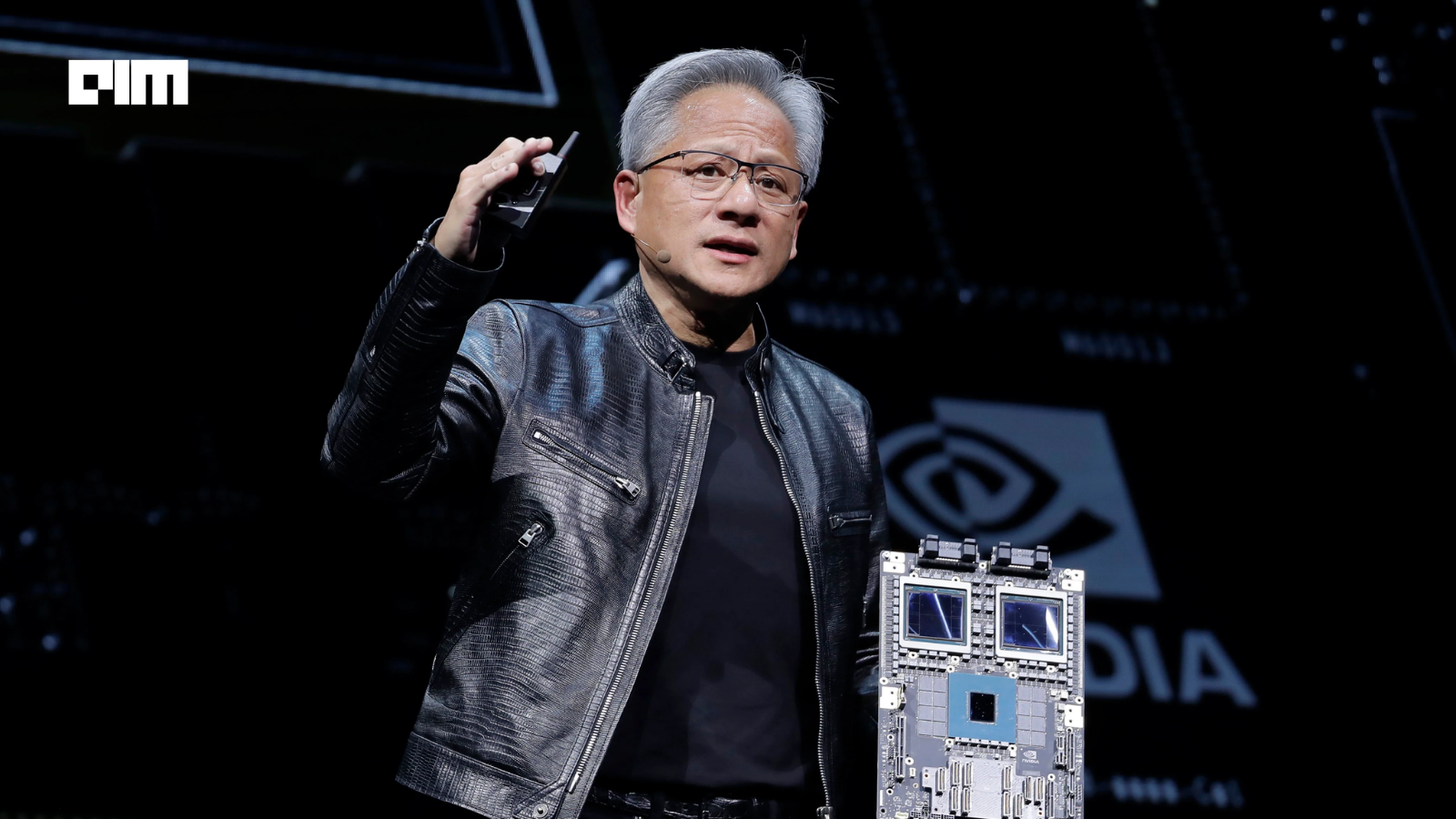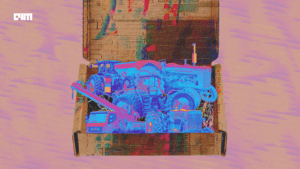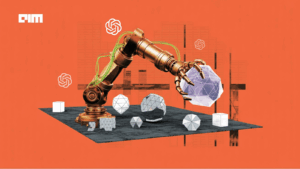“[Jetson AGX Thor is] the physical computer that’s inside the robot, the so-called robot brain.” That’s how Deepu Talla, Nvidia’s vice president for robotics and edge AI, described the company’s new $3,499 developer kit last week. The chip, 7.5 times faster than its predecessor, is designed to run Gen AI models in real time, small enough and efficient enough to live inside a humanoid robot. Peggy Johnson, the CEO of Agility Robotics, promised that “the powerful edge processing offered by Jetson Thor will take Digit to the next level,” referring to the company’s warehouse robot. Boston Dynamics is wiring the same chip into its Atlas humanoid.
Nvidia calls it a “robot brain.” But brains don’t walk. And the last half decade of robotics has shown that faster chips are not what’s holding the field back.
“A Cruise vehicle … dragged a pedestrian approximately 20 feet before coming to a complete stop.” That comes from a federal description of a 2023 accident in San Francisco. Cruise’s robotaxi, built on Nvidia’s chips and surrounded by sensors, failed when it mattered most. The company was forced to suspend service, pay fines, and submit to stricter oversight. Waymo, widely considered the careful sibling in the autonomous driving world, has had to issue recalls and software patches after its cars clipped barriers, an acknowledgement that even with millions of autonomous miles logged, rare situations keep slipping through the cracks.
The fragility is even more visible in humanoids. “Humanoid robots have gotten over-hyped. The visual appearance of a robot makes a promise about what it can do, and when it doesn’t deliver the public gets disappointed,” warned Rodney Brooks, a pioneer in the field. His words echoed at China’s World Humanoid Robot Games earlier this year, where some machines sprinted and sorted medicine on cue, but others tripped, stalled, or even knocked over a bystander. It underscored the reliability of robots when conditions stop being perfectly staged.
Even when the AI side works, the engineering body lags. Tesla’s Optimus program has repeatedly been delayed, with engineers this year halting production after finding overheating motors, short transmission lifespans, and poor battery endurance. These are mechanical problems that no amount of compute can erase. Amazon, by contrast, has succeeded with armies of simple robots that scoot shelves around warehouses, where tasks are narrow and the environment is tightly controlled.
Nvidia knows this. “We do not build robots, we do not build cars, but we enable the whole industry with our infrastructure computers and the associated software,” Talla said. The company’s robotics revenue is still just about 1% of its total, but sales in its auto-and-robotics division jumped 72% last quarter. The market hype is real; Nvidia’s valuation has crossed $4 trillion. The message to investors is that chips like Thor are laying the groundwork for a multitrillion-dollar robotics economy.
Thor is undeniably impressive. It can run large transformer models like Gemini, Llama, and Qwen directly on-device, with 128GB of memory and 2,070 teraflops of compute inside a 130-watt package. Nvidia says the chip is powerful enough to train smaller models locally and fine-tune larger ones in the field: something that could, in theory, make robots adaptable. The platform also comes with full support for Nvidia’s Isaac robotics software stack, which integrates motion planning, digital twin simulation, and reinforcement learning. The idea is to shrink the gap between simulation and deployment, making it easier to train robots virtually before sending them into warehouses, hospitals, or disaster zones.
The issue is that history has already shown how limited those gains can be outside of labs. Isaac has been around for years, and while it is widely used in research, it hasn’t produced a breakout commercial robot. Digital twins are good at rehearsing factory floors where the variables are known. They are much less effective when the “floor” is a city street, or even a cluttered living room.
Which is why the evidence in the field remains sobering. For all the money flooding in, the returns remain thin. Goldman Sachs estimates humanoid robots could be a $38 billion market by 2035, and McKinsey finds nearly every large manufacturer is exploring automation. Yet less than 5% are piloting humanoid forms, while more than 80% rely on simple arms and mobile robots designed for narrow, repetitive tasks. Nvidia’s Thor may be powerful, but it’s landing in an ecosystem where investors are betting on humanoids long before customers are. The gap between projected demand and what the machines can reliably do is still the defining feature of this market.
Powerful chips widen the horizon of what’s possible, but they don’t change the fact that general-purpose robotics is stuck in low-viability mode. Nvidia’s Thor may make humanoids snappier on stage, but what matters is still: reliable reasoning, rich training data, and hardware rugged enough for long hours of real work.










